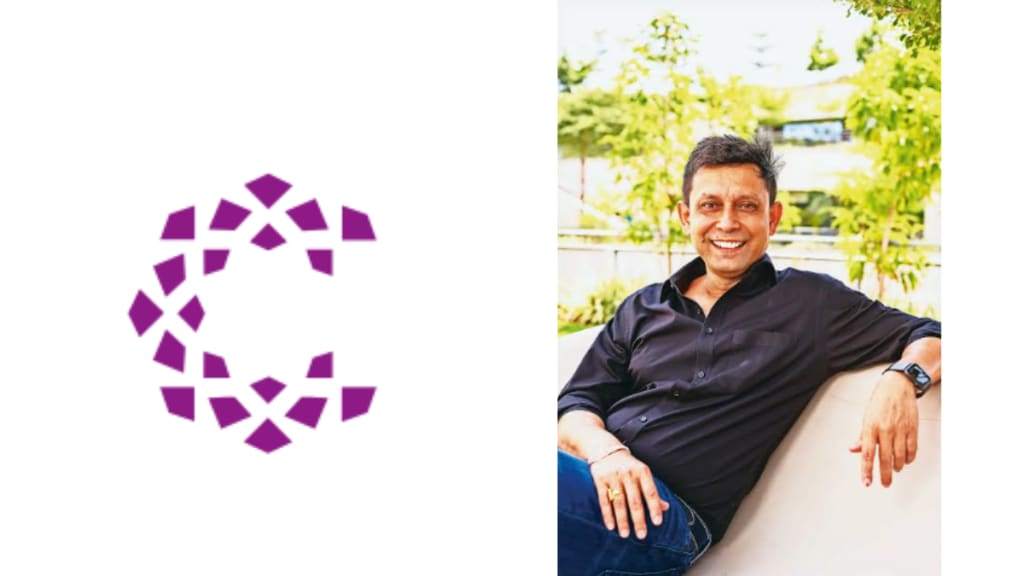Tata-owned jewellery retailer CaratLane, which crossed the Rs 3,000-crore revenue mark in the fiscal year ending March 2024, is unfazed by the global tariff turmoil or soaring gold prices. CEO Saumen Bhaumik says the shift toward lightweight, everyday gold jewellery will continue to drive demand even in a high-price environment. The brand is also hedging its bets with a foray beyond jewellery through the launch of Shaya Home, a range of handcrafted silver decor and utility pieces. In this interview, Bhaumik talks to Alokananda Chakraborty about the ways in which social media and e-commerce have upended the category and the emerging opportunity in the luxury jewellery space. Edited excerpts.
The new store in New Jersey flagged off CaratLane’s global journey last year. What have been the key milestones in global expansion since then?
The inauguration of our first international store in New Jersey was a landmark moment in CaratLane’s global journey. Since then, we’ve been focused on deepening our presence in the U.S. by understanding local preferences and tailoring our offerings accordingly. We’ve also started exploring opportunities in other global markets, though those are still at a very nascent stage.
What do the US tariffs mean for Indian jewellery exports? And for CaratLane’s global expansion plans?
While the current three-month tariff relief offers some temporary breathing room, there’s considerable uncertainty around what might follow. The increased 10% tariffs are likely to impact end consumers in the US, as Indian jewellery exports become more expensive. For CaratLane, this poses a short-term challenge, especially as we continue building our presence in global markets. However, our strong design-led positioning and focus on everyday wear jewellery help us stay relevant, even in a price-sensitive landscape.
Amid escalating global trade tensions, gold prices have soared to record highs. Will jewellery demand take a hit in India, the second-largest consumer of gold in the world?
India is a market with an enduring affinity for gold, and consumer sentiment continues to remain optimistic—even amid price hikes. We’ve seen more planned purchases through our Plan of Purchase (PoP) scheme, where customers pay for nine instalments and CaratLane contributes the 10th. This gives them a strategic average price point at maturity. Additionally, there’s a clear shift toward lightweight, everyday gold jewellery, which continues to drive demand even in a high-price environment.
As gold prices continue their upward climb, which segment—organised or unorganised—will be hit more?
The organised jewellery segment is better equipped to navigate the impact of rising gold prices. With stronger design, quality and transparent pricing, organised players are able to respond to consumer needs more effectively. The unorganised sector might face challenges with adaptability and customer trust.
In today’s digital age, how important is the role of social media and e-commerce in driving brand visibility and sales? What platforms and strategies have proven most effective for you?
CaratLane started as a digital-first brand, and that foundation continues to shape our approach to customer engagement. Over the years, we’ve expanded into a strong omnichannel presence with 322 stores across India, blending the convenience of online with the assurance of offline, backed by Tata trust. Our community of 1.1 million on Instagram and 2.1 million on Facebook allows us to maintain rich, ongoing conversations with our audience. We prioritise consistency across our website, mobile app and social media platforms to create a unified and intuitive shopping experience. Customers often explore collections online, book Try-at-Home sessions, or use CLive for virtual trials before completing their purchase—making digital touch points an integral part of their journey.
Is there a big market for luxury jewellery in India? Do you have any plans to address that segment of the market?
The luxury jewellery segment in India is expanding steadily fuelled by rising disposable incomes and an appetite for exclusivity. While CaratLane has always prioritised accessibility, we’re also tapping into this segment with launches like CaratLane Gulnaara, a rare 73-faceted solitaire diamond. Our latest collections—Sol and Luna—feature statement pieces that cater to the premium buyer. At the same time, we’re making icons of luxury more accessible with our Eternity Collection—the classic diamond look at competitive prices. Our Made to Order offering has seen remarkable traction, allowing customers to personalise everything—from the carat weight of the diamond to the gold colour—giving their jewellery a bespoke appeal.
What are your plans for Shaya, CaratLane’s silver jewellery brand?
Shaya continues to grow as a vibrant, design-led brand offering handcrafted 925 silver jewellery. It fuses modern aesthetics with heritage techniques, appealing to a younger audience that values individuality and everyday elegance. Most recently, we’ve forayed beyond jewellery with the launch of Shaya Home—a range of handcrafted silver decor and utility pieces. It’s our way of bringing the same design-first philosophy into everyday spaces.
